Last Updated: October 19, 2023
The Path to Becoming Debt-Free

Disclaimer: We are not qualified legal or tax professionals and are not giving advice. Always speak with a qualified professional before making any legal or financial decisions.
Since the great recession of 2008, many of us have had to rely on credit cards and other forms of unsecured debt just to get by. The heavy burden of too much debt can be overwhelming. Although it may seem that debt is a mountain too high to scale, it can be overcome. By following a few simple rules anyone can “erase” credit card debt forever.
Most of the time, it is not because bills are higher than income that causes people to start relying on credit cards. Most of the time, people simply cannot seem to wait for that big-ticket item that they want so badly. It may be a television, a computer, or a gaming system.
The truth is, that most people who find themselves in credit card debt are not using their cards to cover their bills. So to come full circle, it’s imperative to stop spending money on the things you want, and instead only leverage a line of credit out of necessity.
Steps on the road to debt freedom
The first step on the road to debt freedom is to reduce one’s consumption by evaluating and changing your spending habits. It is a concept that is almost too obvious. Many people get into debt because they spend what they do not have. Of course, there are many people who make less than their bills add up to. So how can these people reduce their expenses? The obvious answer is to find a way to lower the amount of money you owe every month by cutting expenses down to the bare necessities, or by finding a way to supplement your income.
The second step is to pay more than the minimum monthly payments, which are designed to keep the cardholder in debt for as long as possible so that the balance can keep accruing interest. Three years is a long time to wait to pay off a small sum like $300. There are credit card calculators online which can be used to figure out exactly how long it will take to pay off the card if the minimum due is paid each month. They also show how much is ultimately spent on paying off the card.
A good rule of thumb is to pay as much as possible each month. If bills are cut to the bare minimum and paying off the card is set as a top priority, it will be easier to pay the card off quickly. The faster a card is paid off, the less interest is accrued. This is true with all interest-related debts such as mortgages and car payments as well. Once the card is paid off, a person can still use the card responsibly on occasion. In fact, some credit card companies will charge a fee if the card is not used unless the account is closed.
The best way to continue to use the card without going further into debt is to make sure that any items bought with the card are in the budget and that the statement balance is paid in full. Any rewards that are offered for the use of the card can be taken advantage of this way without falling back into debt. The card may also be used in emergencies provided the debt is paid off quickly.
The last thing to remember about credit card debt is to make payments on time and never exceed the limit. Falling behind or exceeding the limit on a card will normally trigger huge increases in the APR. The default rate may be as high as 29.9%. To make matters worse, there are often fees for both and it is easy to keep maxing out the card if one keeps spending after each payment.
In addition to spending less, it's imperative to pay more than the minimum monthly payments on credit cards, which are designed to keep the cardholder in debt for as long as possible so that the balance can keep accruing interest.
For example, it would take over 3 years to pay off a small sum like $300 if you only paid the $10 minimum payment each month, and you'd end up paying much more in interest. Pay as much above the minimum as possible each month to pay off your balance faster and reduce the amount of interest that accumulates.
Other Options
Balance Transfer Cards
Another strategy to reduce interest payments is to transfer your credit card balance to a balance transfer card. These cards offer a 0% introductory APR for a set period of time, usually between 12-18 months. You can transfer debt from a high-interest card over to the balance transfer card and avoid interest fees during the intro period as you pay down the debt.
Just be aware that balance transfer cards often charge a fee of 3-5% to make the transfer. Do the math to make sure the transfer fee will be offset by the interest you save. Also look for cards that offer a long 0% term, low transfer fees, and no annual fee.
Changing Spending Habits
It's not enough to simply spend less - you need to make permanent changes to your spending habits and lifestyle to avoid falling back into debt.
Here are some tips:
- Pack your lunch instead of eating out to save money
- Limit spending on expensive hobbies or entertainment
- Cut back on subscriptions and memberships you don't really use
- Use cash envelopes or a spending tracking app to set and stick to a budget
- Make long-term goal-oriented changes instead of temporary quick fixes
Changing ingrained habits takes time and discipline, but is necessary to take control of your finances and stay out of debt.
Debt Consolidation Loans
Another option to reduce high credit card interest rates is to take out a debt consolidation loan. These personal loans allow you to pay off credit cards and consolidate balances into one fixed monthly payment.
The interest on debt consolidation loans is usually lower than on credit cards - often between 5-8%. This can result in savings over time. However, it's critical to shop around and compare offers, as some lenders charge very high origination fees.
While consolidation can simplify payments, it's important to avoid running up credit card balances again. Consolidation doesn't erase debt - you must commit to paying off the loan.
If you’ve already tried pushing yourself to do the things mentioned above and are still struggling with your debt, it may be a good idea for you to speak with a debt relief professional about your options. If you’re interested in how
Pacific Debt can help you, please review the details of our
debt reduction program.
FAQs
Conclusion
Paying off credit card debt takes focus and determination, but it is achievable with the right approach and habits. The most critical first step is to stop any new discretionary spending on cards to prevent debt from accumulating further. Create a budget, make lifestyle changes to spend less, and put any extra money towards paying down balances rapidly.
Consider consolidation options to simplify payments at a lower interest rate. Most importantly, commit to permanent changes rather than temporary quick fixes so you can take control of your finances and become debt-free. While the path requires diligence, your future free from credit card debt will bring relief and open up new financial opportunities.
If you are struggling with overwhelming debt and want to explore your debt relief options, Pacific Debt Relief offers a
free consultation to assess your financial situation. Our debt specialists can provide objective guidance relevant information and support to help find the right debt relief solution.
*Disclaimer: Pacific Debt Relief explicitly states that it is not a credit repair organization, and its program does not aim to improve individuals' credit scores. The information provided here is intended solely for educational purposes, aiding consumers in making informed decisions regarding credit and debt matters. The content herein does not constitute legal or financial advice. Pacific Debt Relief strongly advises individuals to seek the counsel of qualified professionals before undertaking any legal or financial actions.
Reduce Your Credit Card Debt By Up to Half
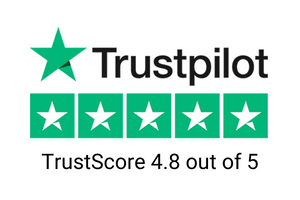
BBB Reviews | 4.9/5.0 Rating
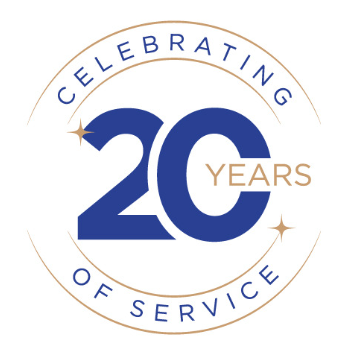
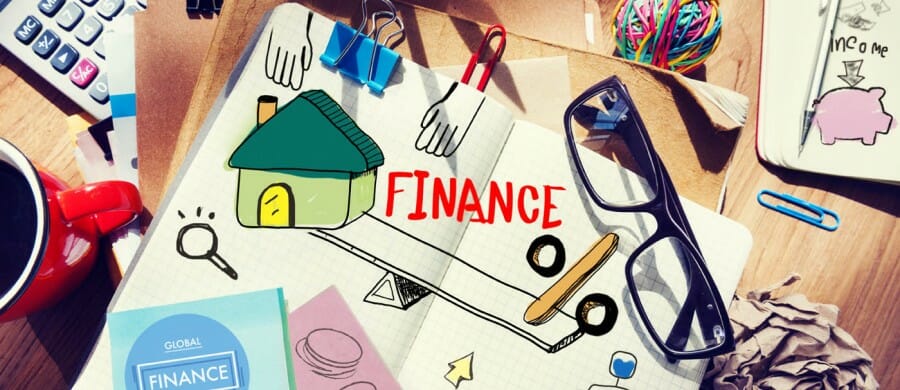
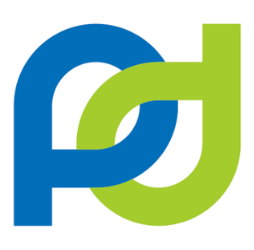




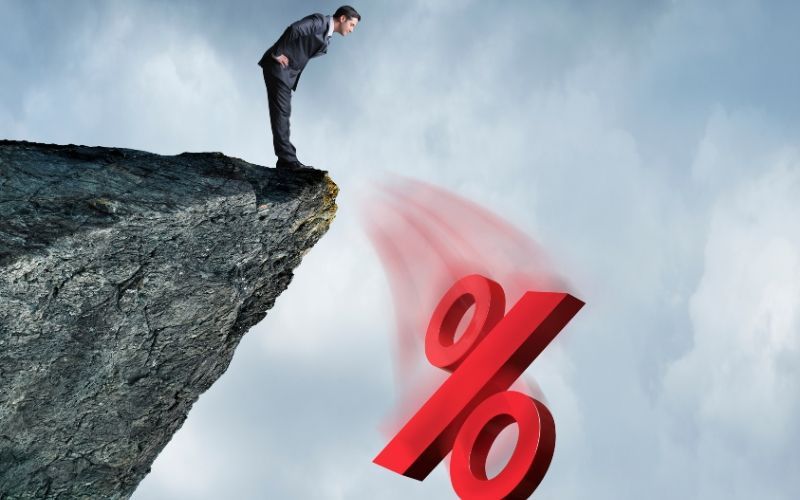
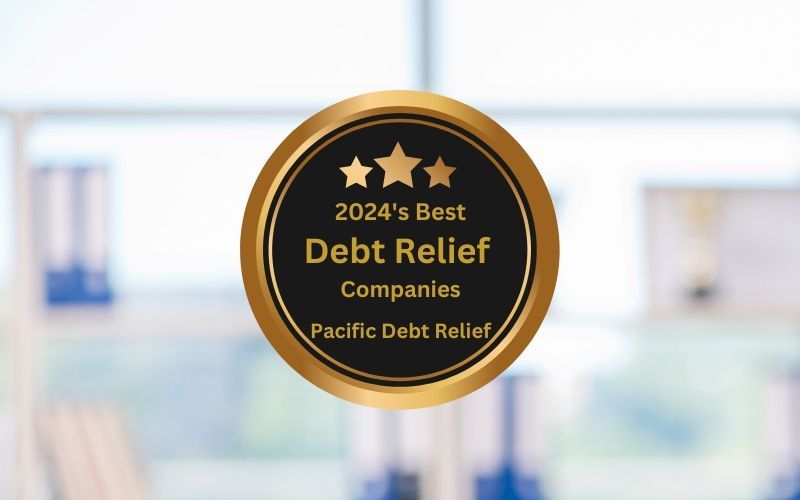
 Do Not Sell My Personal Information
Do Not Sell My Personal Information